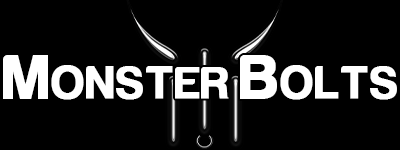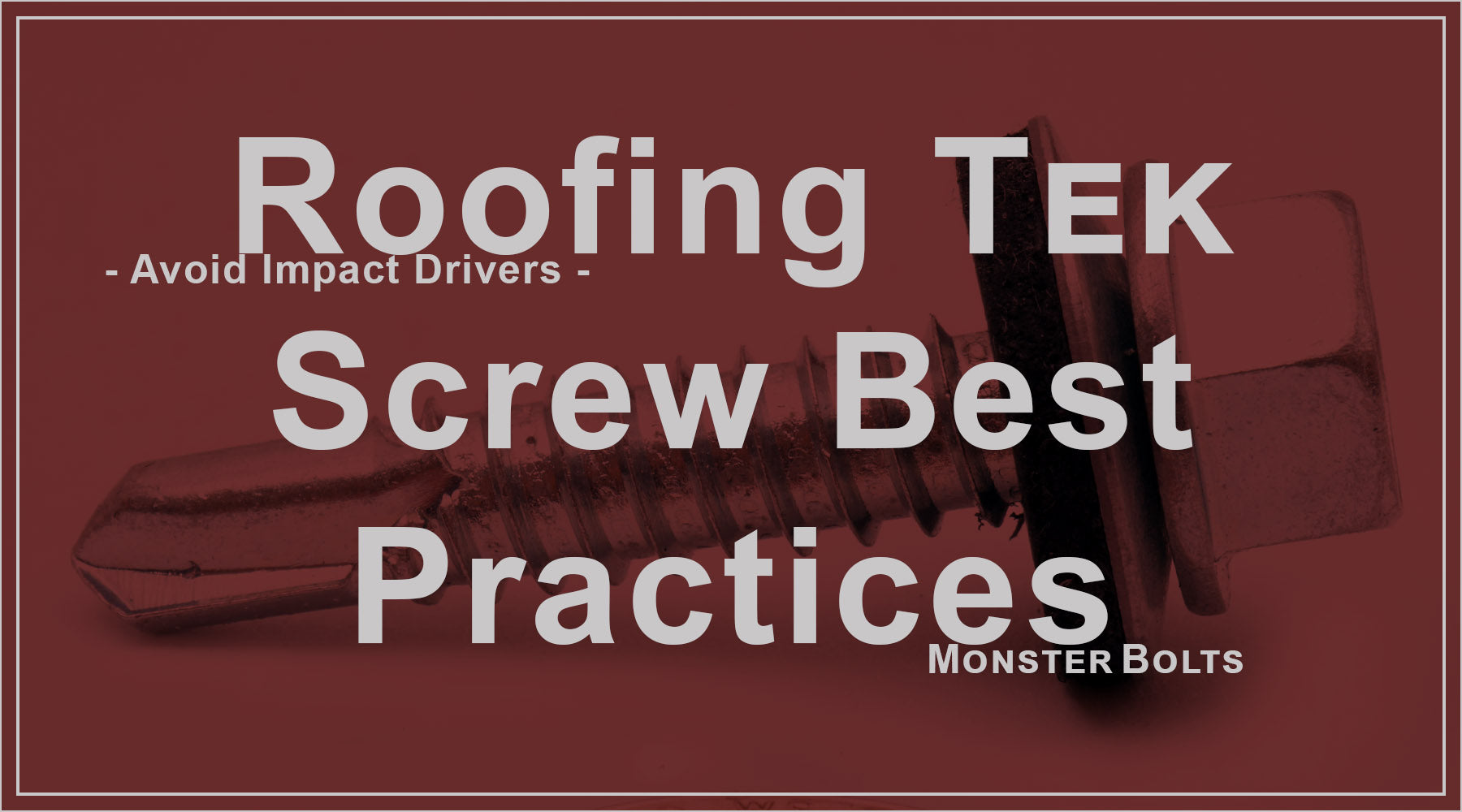
How to Use TEK Screws for Metal Panels and Roofs — Avoid Impact Drivers
TEK screws are one of the most reliable fasteners for installing metal roofing and wall panels — but only if installed correctly. One of the most common and costly mistakes is using an impact driver, which can damage screws, compromise watertight seals, and shorten roof life. Here’s how to do it the right way.
What Are TEK Screws and Why They Matter
TEK screws, also known as self-drilling screws, are designed with a built-in drill bit tip that allows them to drill, tap, and fasten in one smooth operation. This makes them ideal for metal roofing and siding, structural steel, and light-gauge framing. Correct installation is critical to ensure watertight seals and long-term holding strength.
The Right Tools for the Job
For large metal projects, a dedicated metal roof screw gun is the best tool for consistent, professional results. For smaller projects, a cordless drill/driver will work fine as long as it’s used correctly:
- Keep drill speeds under 2,500 RPM.
- Use a variable clutch to control torque and avoid overtightening.
- Slower speeds help reduce heat buildup — especially important when using stainless steel TEK screws to avoid burning the drill tip.
- ✅ Use a drill (not an impact driver) under 2,500 RPM
- ✅ Use a clean, snug-fitting magnetic nut setter
- ✅ Apply steady pressure — don’t overtighten
- ✅ EPDM washer should compress slightly without squeezing out
- ✅ Replace worn nut setters after 2,000–5,000 screws
Why Impact Drivers Are a Problem
While impact drivers are great for many applications, they’re the worst choice for roofing and panel TEK screws. Their hammering action can:
- ⚠️ Damage self-drilling tips, reducing drilling effectiveness
- ⚠️ Break screw heads from sudden impacts
- ⚠️ Chip painted finishes, exposing steel to corrosion
- ⚠️ Strip threads and reduce holding power
- ⚠️ Over-compress EPDM washers, causing leaks and early corrosion
These risks are well documented by industry leaders including the National Frame Building Association (NAFB), Metal Construction Association (MCA), and Canadian Sheet Steel Building Institute (CSSBI). All recommend not using impact drivers for TEK screw installation.
Best Practices for Installing TEK Screws
- Choose the right screw: Zinc TEKs for general use, 410 SS for better corrosion resistance.
- Pre-align panels: Screws should fasten — not pull panels into place.
- Drill at steady speed: Don’t rev or pulse the drill.
- Check washer compression: Tight enough to seal, not so tight it deforms.
- Replace worn drivers: A worn nut setter can slip and damage screw heads.
Monster Bolts carries a full range of zinc TEK screws, 410 stainless steel TEKs, and magnetic nut setters to make sure you have the right hardware for the job.
Frequently Asked Questions About TEK Screws
Why do TEK screws leak?
Leaks are usually caused by overtightening (which crushes the EPDM washer) or using an impact driver. Proper compression and controlled torque are key.
Can TEK screws burn out their tips?
Yes. Running stainless TEK screws at high RPM generates heat that can dull or burn the self-drilling point. Keep speeds lower for stainless applications.
How tight should TEK roofing screws be?
The washer should be snugly compressed but not squeezed out around the edges. A slight bulge is good — excessive bulging indicates overtightening.
How often should nut setters be replaced?
Typically every 2,000–5,000 screws, depending on metal thickness and conditions. Worn setters can wobble and damage screw heads.
Can TEK screws be used in steel?
Yes. TEK screws are designed to drill through steel. For thicker steel, use TEK screws with longer drill points and slower speeds.
What are TEK screws made of?
Most are made from zinc-plated hardened steel or 410 stainless steel. Both provide excellent strength, with stainless offering superior corrosion resistance.

